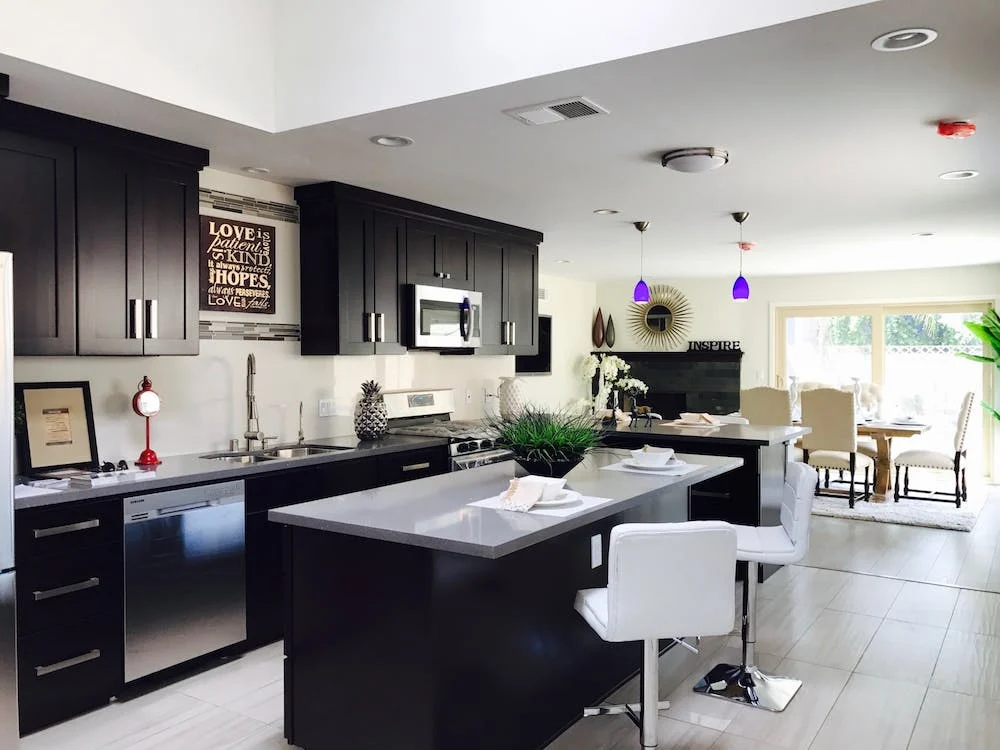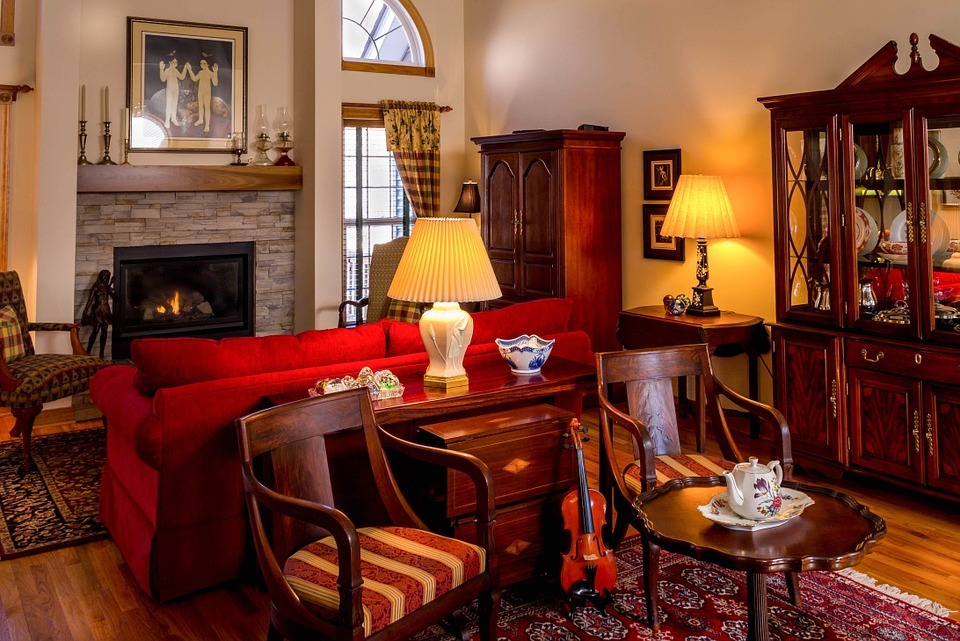When you think about Italian villas, perhaps you would imagine a warm, natural and peaceful atmosphere. While there are beautiful hills and plantations outside; the homes are airy, and the colors and architectural features are inspired by nature. If you like the feeling of vitality and warmth of the Italian countryside, then the Tuscan design style is for you.
The Tuscan design style originated in Tuscany, Italy, and it’s one of their trademarks in interior design. It has the influence of the Old World Mediterranean style, the ancient Etruscan culture, the Renaissance, and some of the essence of French and Spanish design. This style is also has a lot of similarities to the Southwestern style architecture and décor commonly seen in houses in Southern California, Arizona, New Mexico, Nevada and some parts of Texas.
In a nutshell, the Tuscan style gives you the familiar comfort of the home using worn and loved pieces, making the room warm and inviting. Since it’s built on traditions and indigenous materials, it brings you a nostalgic sense of history and homeyness. Here are some design elements to incorporate into your own home to achieve a Tuscan interior:
1. Adapt gentle, warm and earthy tones
The color scheme for Tuscan décor is warm and natural. It should make you feel like you’re enjoying the Mediterranean views of the Tuscan countryside – the rolling fields, grapevines, dark cypress trees, and rosy pink sunsets. Start with neutral shades like terracotta, natural woods, and cream, then add dusty greens, ochre, brick red, tawny and golden yellows, grayish greens and faded blue. Rich colors like the vines of grapes, the foliage of olive trees, rich ocher, cobalt blue, and deep burgundy are perfect too. It’s best if the colors look like they’ve faded gracefully under the sun. Bright and vivid colors, pastel colors, sharp black and crisp white have no space in a Tuscan interior.
2. Finish your walls with texture
Since the Tuscan décor is deeply rooted in history, the walls must have tactile treatments to give the illusion that the home has stood intact for lots of decades ago. Traditional Tuscan homes are usually built of sandstone and limestone, but most probably you won’t go for it because of cheaper yet sturdy material choices. So, after choosing a Tuscan color palette, use wall treatments that imitate the stucco and plaster finishes – like glazing, lime washing, color washing, and hand-troweling to give it a worn but lovely look.
3. Use natural flooring
Give your floors a Tuscan-inspired look by using slate, dark-stained timber planks, terra-cotta tiles, clay tiles or roof tiles. You can also use natural stones like marble, limestone, granite, and Travertine. The more natural-looking it is, the better, so choose stones in saturated colors or deep tones. If you want to add some rugs, choose Oriental rugs in dark colors, or natural woven varieties.
4. Install exposed beams to the ceiling
The Tuscan approach to ceilings is to keep it smooth, light-colored and plastered; while adding exposed, rough-hewn, dark-wooden beams. The wooden beams that cross the ceilings not only support its wide interiors but also accentuates your ceilings. Keep the beams unfinished so it would weather gradually, or you can stain them to a medium to dark shade to show off its natural grains.
5. Use refined and functional furniture
In terms of furniture, stick with wooden items with a dark stain and hand-carved details. Your furniture must be sturdy and functional, but also stylish and refined. Tuscan furniture also usually have ironwork and intricate hand-painted designs that feature scrolls, grapevines, flowers, and fruits. To achieve that worn-out look, look for dark wood pieces that are already “distressed” at the factory. Accents like wrought iron, tile, hammered copper and marble are usually added to rustic Tuscan furniture. Wrought iron is used abundantly – it can be incorporated using bed frames, mirrors, shelves, gates, railings, chandeliers, and candle holders. Add framed wall art that features the Tuscan countryside or still-life portraits of grapes, flowers, wine bottles, and cheese.
6. Build a warm and welcoming kitchen
The kitchen is a vital space in any home – but it takes up a lot more valuable space in Tuscan interiors. Family meals are very important in the household life of Italians, so a long, family-style wooden table is a need. Use stained wood cabinets, wrought iron hanging pot rack and sink hardware, copper range hood and pots, marble tabletops, open shelving, and terracotta pots filled with herbs or houseplants. The elements like wood and iron and the colors would surely make a warm and welcoming vibe into the kitchen.
7. Cover your windows with shutters
Tuscan homes don’t typically have curtains. They use wooden shutters that they can throw wide open to let wind and natural light enter the interiors. You need a lot of natural light so your interiors won’t look so dark. Leave the shutters as it is for a rustic look, or paint and distress it in a subtle, warm shade for a touch of color. During the day, windows are typically left open. But if you would like to use draperies, choose simple panels placed in a rod wider than the windows, so you can open them wide apart in a way that won’t cover the window panes.
8. Upgrade your outdoor space
The outdoor space is very important for Tuscan homes. If you want to adapt this style, don’t neglect the need for a patio, a porch (portico) or a terrace (loggia). If you don’t have enough space, you can use a small patio – just finish it in stone or stucco and grow vines that grow up the walls. If you have the space, you can even grow a garden full of cypress, olive trees, and herbs, as well as flowering plants like rosemary, jasmine, and bougainvillea.


